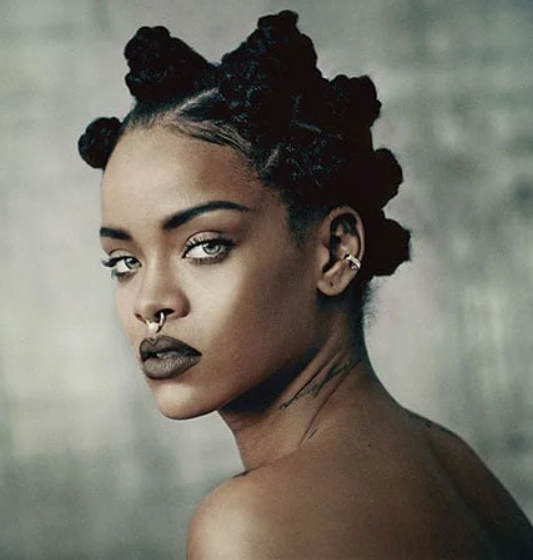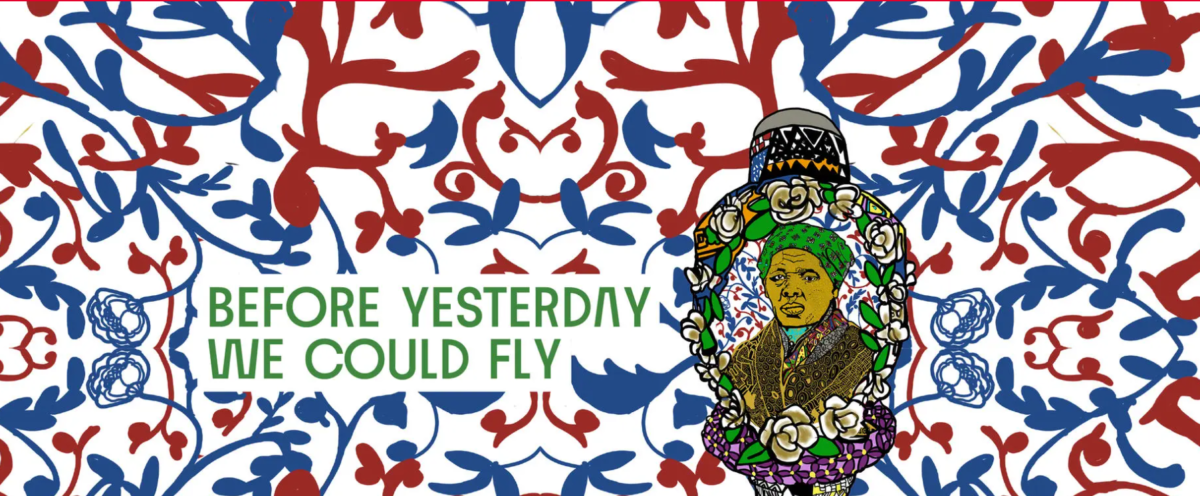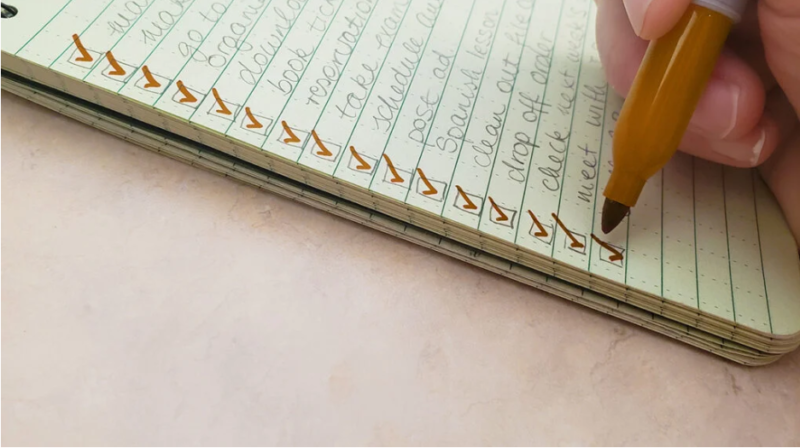Unfortunately, I wasn’t able to visit this exhibition in person for a matter of time. However, I found it so interesting that I can’t wait for the end of the semester to visit it in person. The name of the exhibition is Before Yesterday We Could Fly: An Afrofuturist Period Room. Even though I virtually experienced this exhibition, I felt I was in so many time periods at the same time. It is a true trip from the past to the contemporary to the future. The exhibition is based on the findings of the 2000 excavation conducted in Central Park that brought to light the Seneca Village destroyed by New York City urban development. The community was displaced to build Central Park. The exhibition recreates domestic habitation in 19th-century Key. As the Seneca Village would have looked like today and will in the future. It is not only a celebration of their cultural and historical traces, but a celebration of how this village is still alive today and will be in the future.
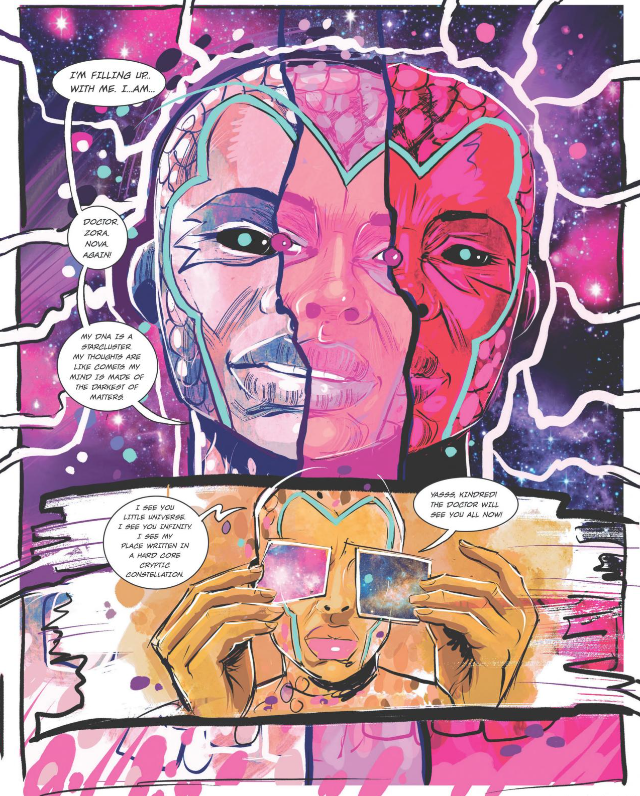
The graphic novel by J. Jennings is an introduction and explanation of what the visitor sees. From the color palette choice and the way the novel is narrated, I deduce that it was designed with the new generation in mind. A way to catch the attention of African American kids, let them identify with the main character of the novel, and discover their history and background.
What captured my attention in this exhibition was the coexistence of different elements, materials, and colors from different epochs that all conveyed the same history, values, and influences. I immediately noticed the MIDO CHAIR
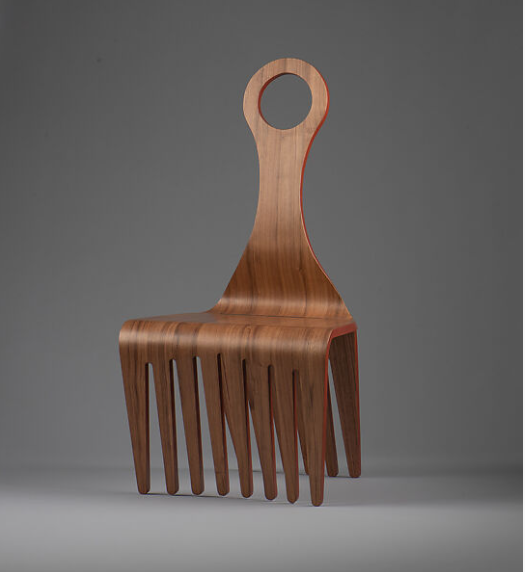
Dimensions: 37 1/4 × 16 7/8 × 18 15/16 in. (94.7 × 42.8 × 48.2 cm)
The shape of this chair recalls one of the most used power symbols of the African culture and I interpret it as a strong invitation to sit straight and feel elevated and supported by such a strong culture. From the S shape of the chair and the uncomfortable material used, I see the focus on the position someone would assume once sat there. He/she would inarch their back and bring their chest out, as a proud person for such a colorful, spiritual, musical, and enduring background.

Dimensions: 23 5/8 × 25 9/16 × 5 7/8 in. (60 × 65 × 15 cm)
Another sculpture that caught my attention was the Radio created by the artist Cyrus Kabiru for this exhibition. The sculpture highlights the aesthetic of the Afro-future. It is an interesting combination of tribal elements, of the 90’s epoche elements (the cassettes) and futurist elements. Music is eternal and it is not only an element of joy, community, expression, traditions but also spirituality and religion. The radial part of the radio represents the spread of the music and of the words of Lord. On the cassettes you can read some songs titles’ such as GOD and let’s us…because the music is and will be always an element of (re)union and community.
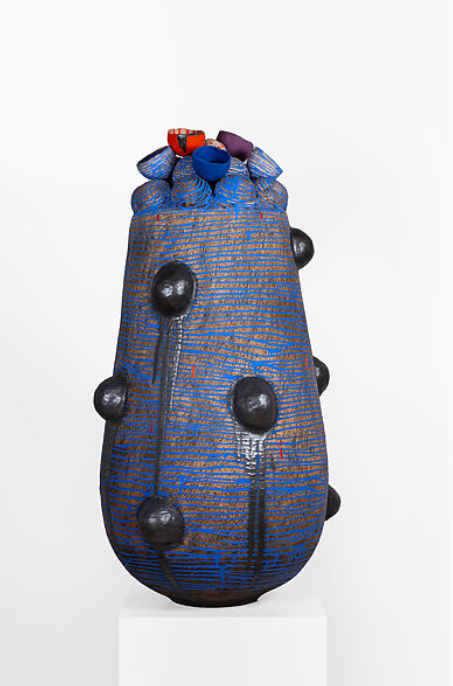
Dimensions: 45 11/16 × 31 1/2 × 31 1/2 in. (116 × 80 × 80 cm)
The limitations of pictures available on the website made me choose this beautiful ceramic sculpture made by Zizipho Poswa, but there are so many other pieces of art I would have love to talk about from the artworks of the artist Roberto Lugo to the amazing foundings of the Seneca Village. Going back to this so detailed and articulated sculpture which focuses again on the importance of the hair, I was really pleased by the shape and the colors. Without the video explanation, I wouldn’t have connected it with hairs, but the main shape actually reminds me of this beautiful hairstyle (see picture below). The woman’s hairstyle has another whole history and multiple meanings through history. It always represented such a powerful tool in the African community. This video I found explained some of it. Video here. It is such an interesting culture to discover and learn about.
However, those hair notes on this sculpture seem bleeding or losing their color, as they represent spines and pain but also they remind me of the spikes of an iron ball, the weapon used in the medieval era (smoothed by time). The beauty of art is that it acquires a different meaning according to the associations a person makes.
